
If a bird doesn't sing, I'll KILL her.






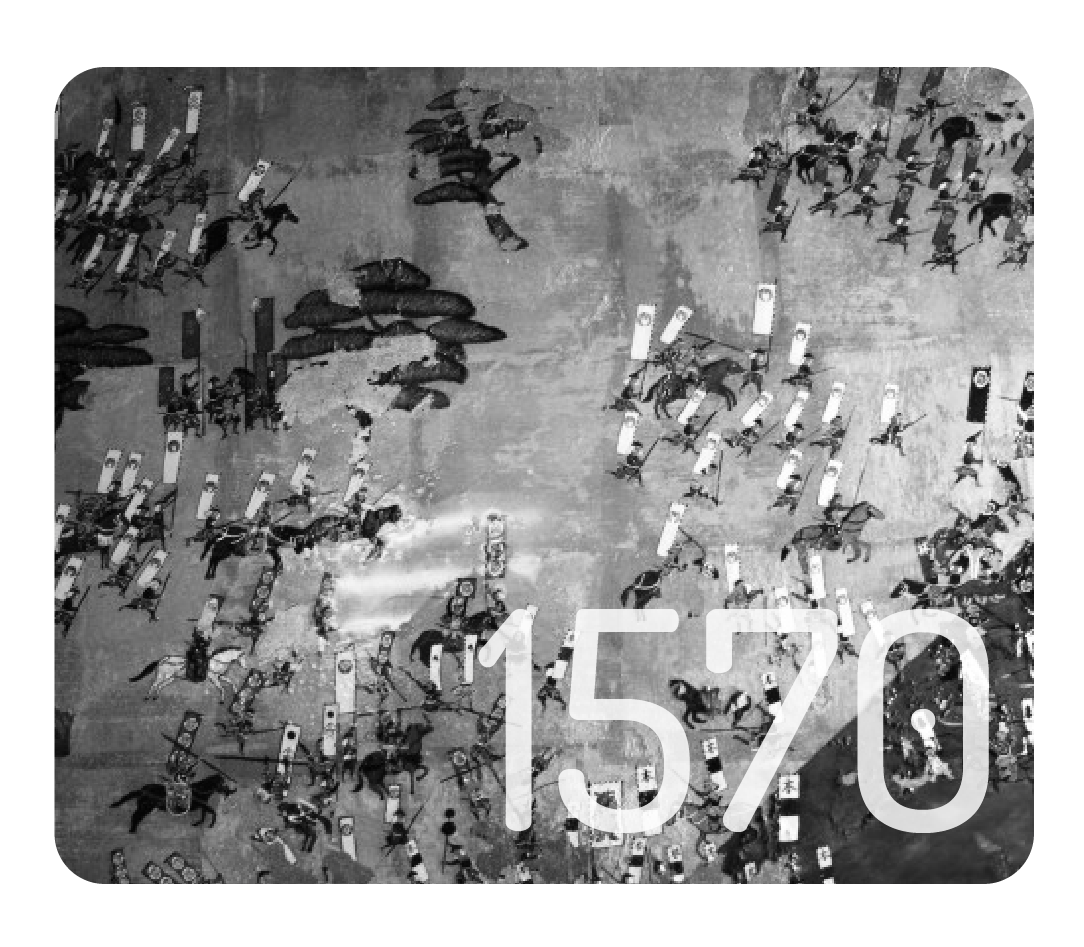
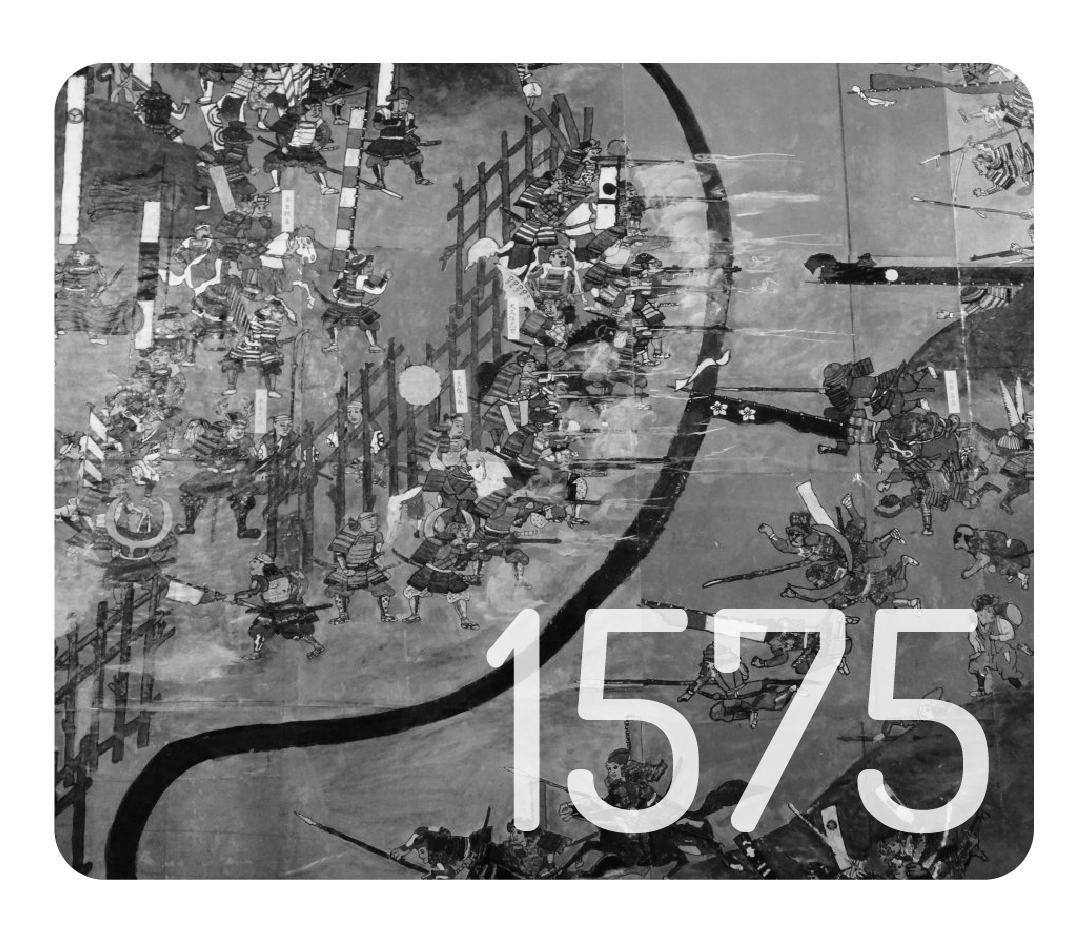
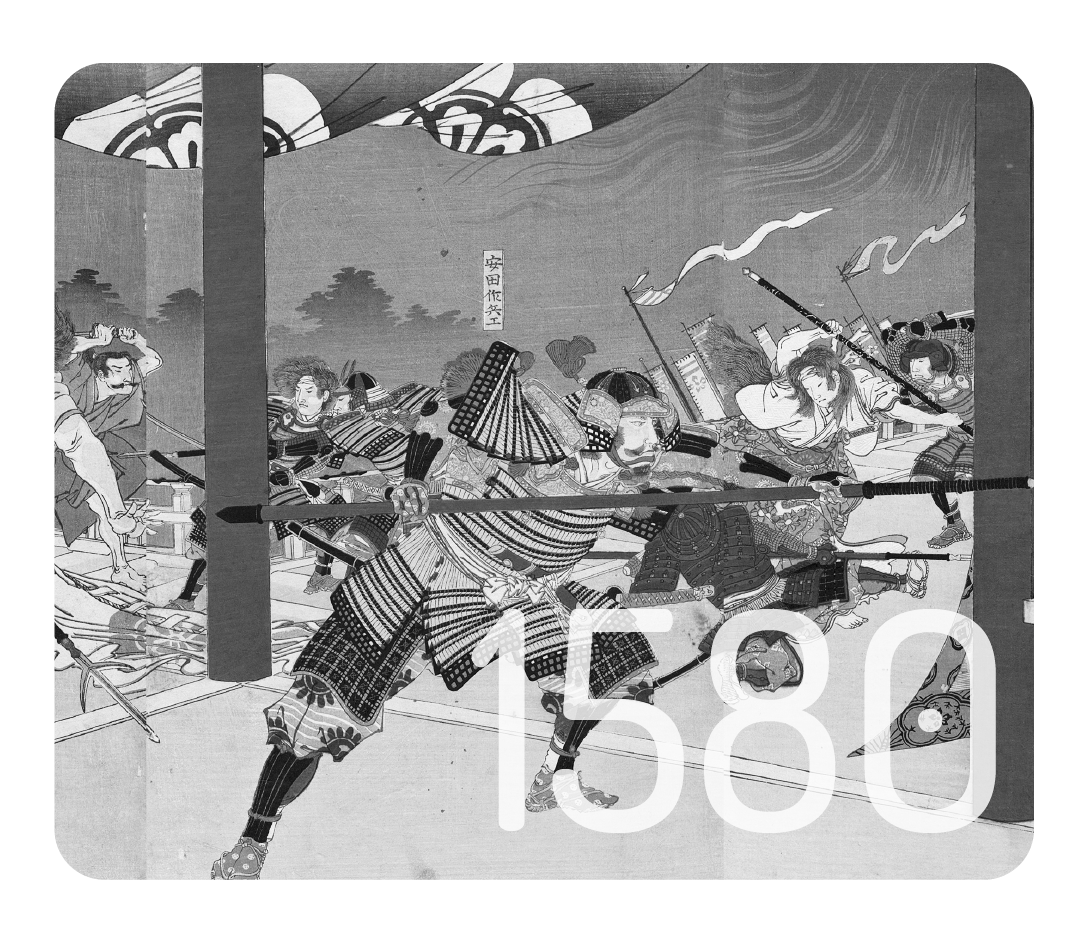

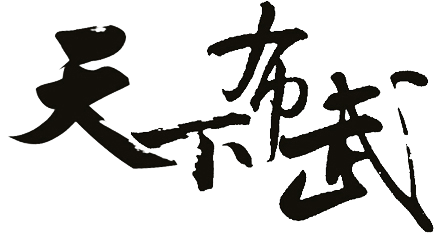
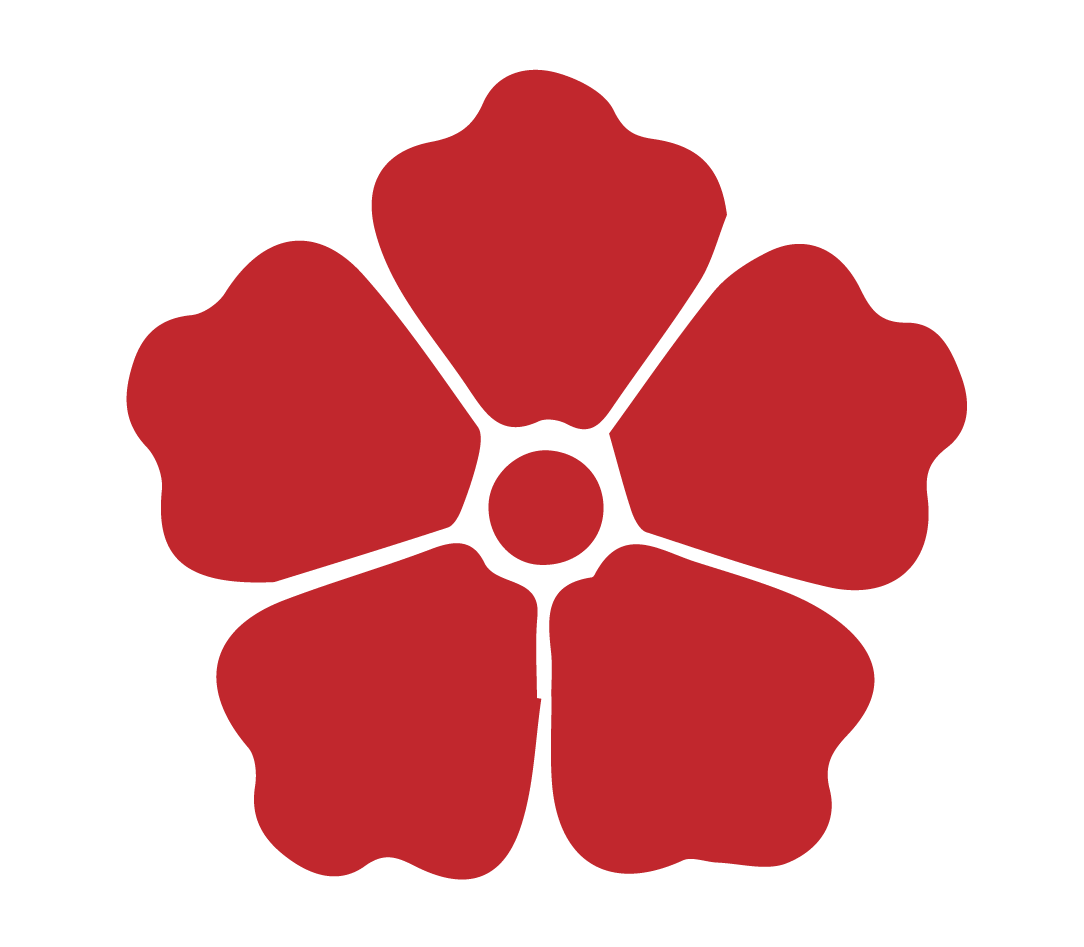

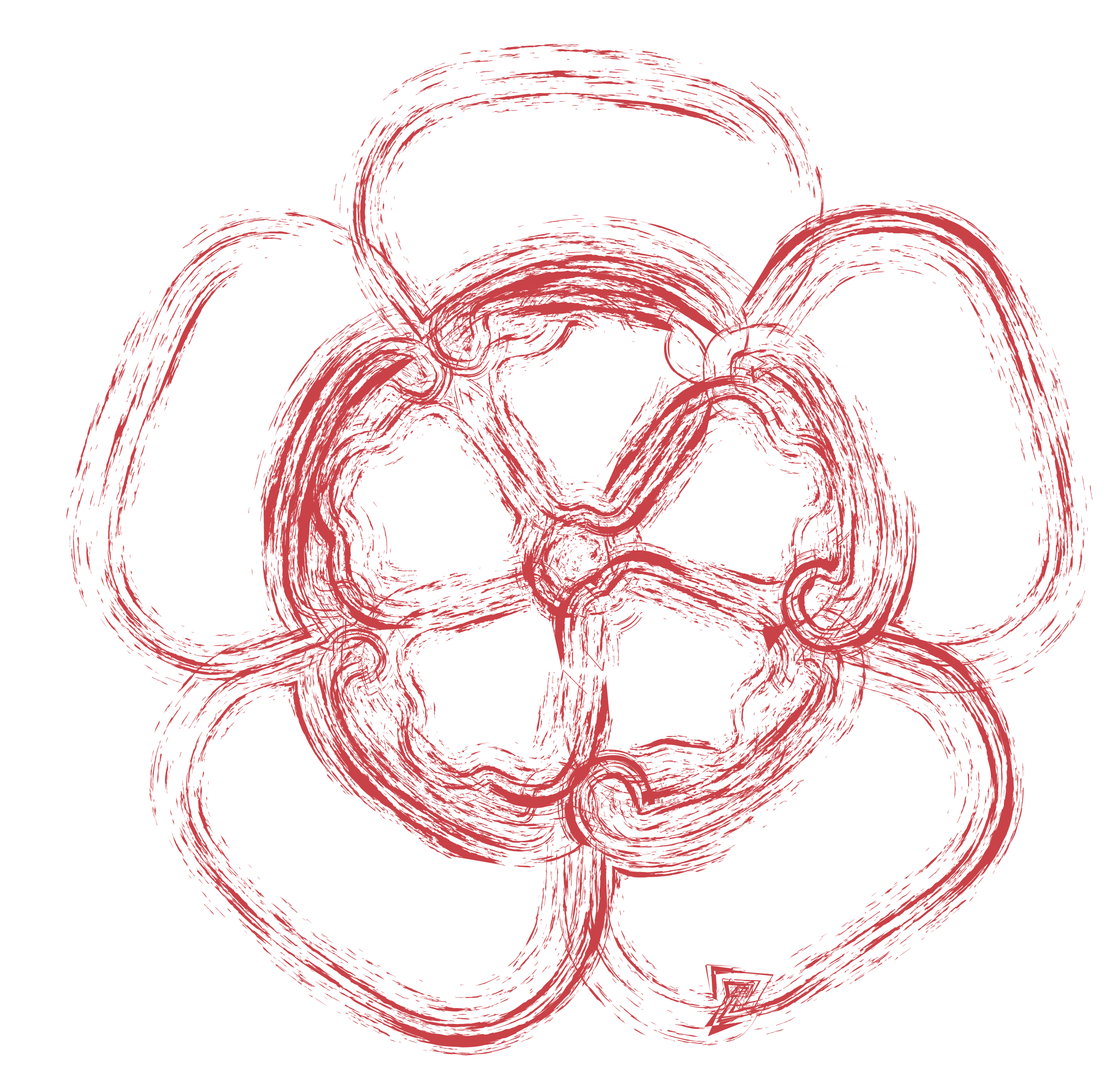
Oda Nobunaga (June 23, 1534 – June 21, 1582) was a powerful daimyō (feudal lord) of Japan in the late 16th century who attempted to unify Japan during the late Sengoku period, and successfully gained control over most of Honshu. Nobunaga is regarded as one of three unifiers of Japan along with his retainers Toyotomi Hideyoshi and Tokugawa Ieyasu. During his later life, Nobunaga was widely known for most brutal suppression of determined opponents, eliminating those who by principle refused to cooperate or yield to his demands. His reign was noted for innovative military tactics, fostering free trade, and encouraging the start of the Momoyama historical art period. He was killed when his retainer Akechi Mitsuhide rebelled against him at Honnō-ji.









